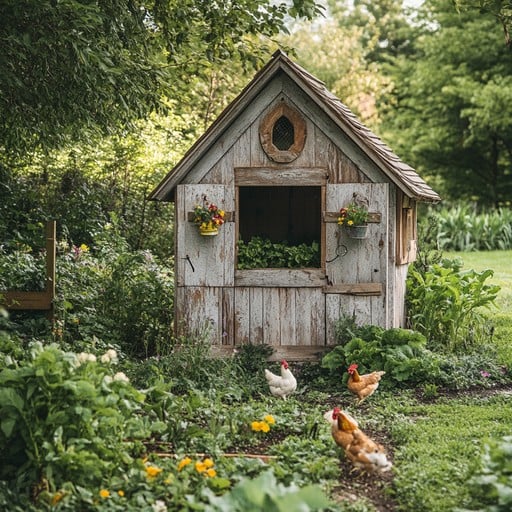
Bantam Bungalow: Building a Mobile Chicken Tractor from Reclaimed Materials
Raising chickens on a small homestead offers a multitude of benefits, from providing fresh eggs to controlling garden pests. Bantam chickens, known for their smaller size and docile nature, are especially well-suited for smaller properties. A chicken tractor, a movable coop, takes this a step further, allowing you to easily relocate your flock, providing them with fresh foraging opportunities while preventing soil depletion in any one area. Best of all, you can build one using reclaimed materials, saving money and resources while embracing a sustainable approach to homesteading. This post provides a step-by-step guide to building a "Bantam Bungalow" – a mobile chicken tractor perfect for your feathered friends.
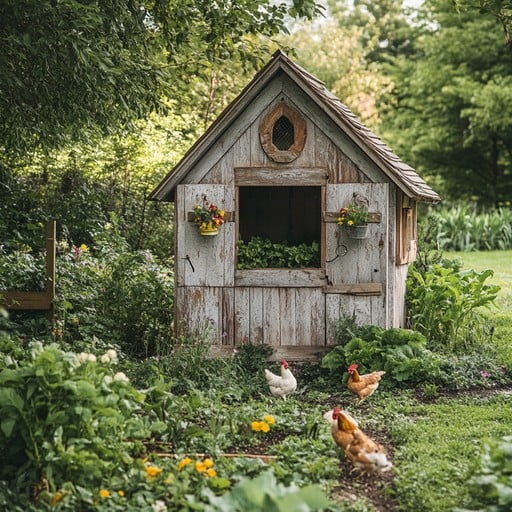
Materials List:
- Six (6) reclaimed fence posts (approximately 4 feet long each) – weathered and showing signs of age are desirable.
- Reclaimed corrugated metal roofing (approximately 4ft x 8ft section) – prioritize sheets with a naturally aged, slightly rusted patina for a rustic aesthetic.
- Chicken wire (approximately 25 feet) – 1-inch mesh.
- One (1) old wooden door or repurposed plywood sheet (approximately 2ft x 3ft) for the nesting box floor.
- Hinges (2) for the nesting box access door.
- Latch for securing the nesting box door.
- Screws, nails, and wood glue.
- Four (4) small wheels or casters.
- Diatomaceous earth (food grade).
- Wood shavings or straw for bedding.
Tools List:
- Saw
- Drill
- Measuring tape
- Staple gun
- Hammer
- Screwdriver
- Safety glasses
- Gloves
Step-by-Step Instructions:
1. Frame Construction:
Using the reclaimed fence posts, build a rectangular frame measuring approximately 3ft x 6ft. This size is ideal for a small flock of bantams or Silkies. Ensure the corners are square – use a carpenter's square or the 3-4-5 rule to verify. Securely fasten the posts with screws and wood glue for maximum stability. The weathered texture of the reclaimed wood will add a rustic charm to your Bantam Bungalow.
2. Adding the Wheels:
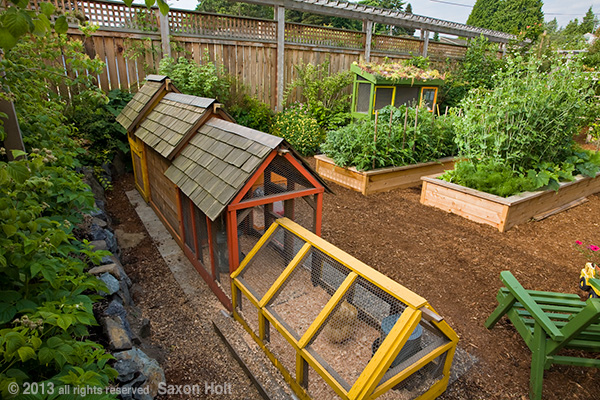
Attach the small wheels or casters to the bottom corners of the frame. This is crucial for easy mobility. Use heavy-duty screws to ensure they are securely fastened. Consider using casters with a locking mechanism to prevent the tractor from rolling on sloped ground. Make sure the wheels are appropriate for outdoor terrain – larger wheels may be necessary for very uneven ground.
3. Chicken Wire Enclosure:
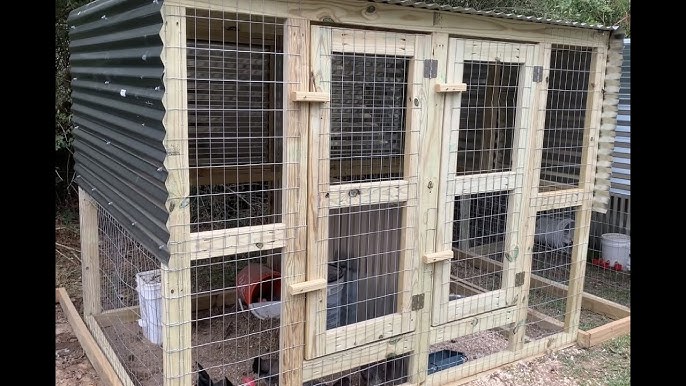
Wrap the entire frame, including the bottom edges, with chicken wire. This will protect your chickens from predators and prevent them from escaping. Secure the wire tightly with a staple gun, spacing the staples every few inches. Pay special attention to corners and edges, ensuring there are no gaps. Overlap the edges of the chicken wire by at least an inch for extra security. Using 1-inch mesh is essential to keep smaller predators out.
4. Corrugated Metal Roof:
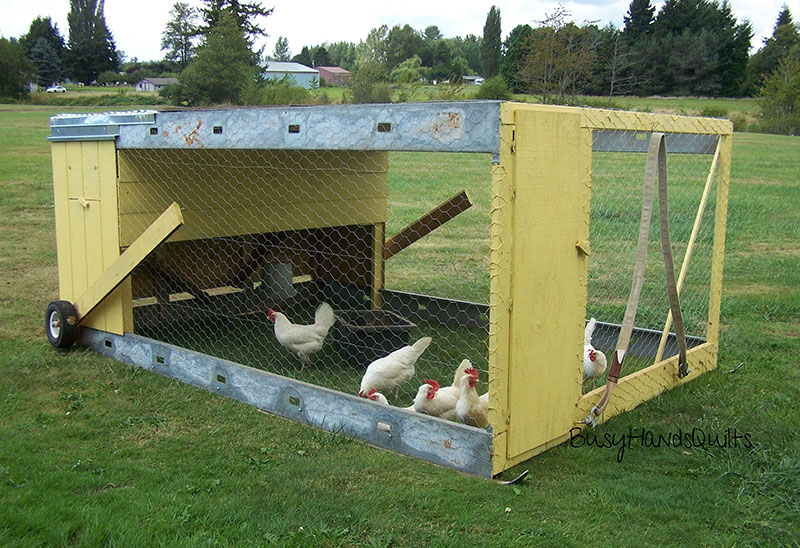
Cut the reclaimed corrugated metal roofing to fit the top of the frame, allowing for a slight overhang on all sides. This overhang will help to protect the chickens from rain and sun. Secure the roofing to the frame with screws, using roofing screws with rubber washers to prevent leaks. The aged patina of the metal will add to the rustic aesthetic of the Bantam Bungalow. Ensure proper ventilation under the roof to prevent overheating in warmer months.
5. Nesting Box:
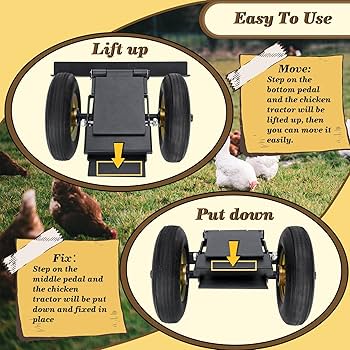
Build a small nesting box (approximately 1ft x 1ft x 1ft) in one corner of the tractor, using scrap wood. A simple box with a lid or hinged door will suffice. Line the bottom with the repurposed door or plywood sheet for a solid base. Fill the nesting box with clean straw or wood shavings to create a comfortable and inviting space for your hens to lay their eggs. Attach the hinged door with hinges and secure it with a latch for easy egg collection and to keep the nesting box clean.
6. Dust Bath Area:
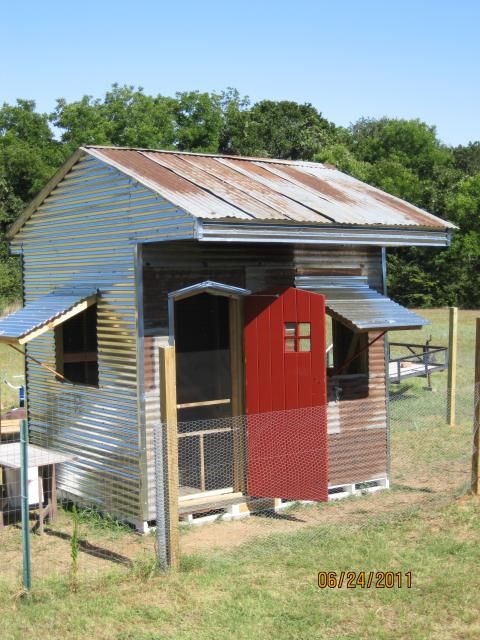
Designate a small area within the tractor for a dust bath. Chickens naturally take dust baths to help control mites and other parasites. Fill this area with a mixture of sand and food-grade diatomaceous earth. The diatomaceous earth acts as a natural insecticide, helping to keep your chickens healthy and parasite-free. Replenish the dust bath area regularly to maintain its effectiveness.
Pest Control and Maintenance:
Regular cleaning is essential for maintaining a healthy environment for your chickens. Clean the coop weekly, removing soiled bedding and droppings. Replace the bedding with fresh straw or wood shavings. Regularly replenish the diatomaceous earth in the dust bath. Visually inspect your chickens regularly for signs of mites, lice, or other illnesses. Early detection is key to preventing serious health problems. Consider adding herbs like lavender and rosemary to the nesting box and coop, as they have natural insect-repelling properties.
Foraging and Relocation:
Move the chicken tractor daily to provide your chickens with fresh foraging opportunities. This allows them to graze on grass, weeds, and insects, supplementing their diet and enriching their lives. The chickens will also help to control pests and weeds in your garden area, naturally fertilizing the soil with their droppings. Rotate the tractor around your garden to provide even distribution of fertilizer. Be mindful of the weather and provide shade and protection from the elements as needed.
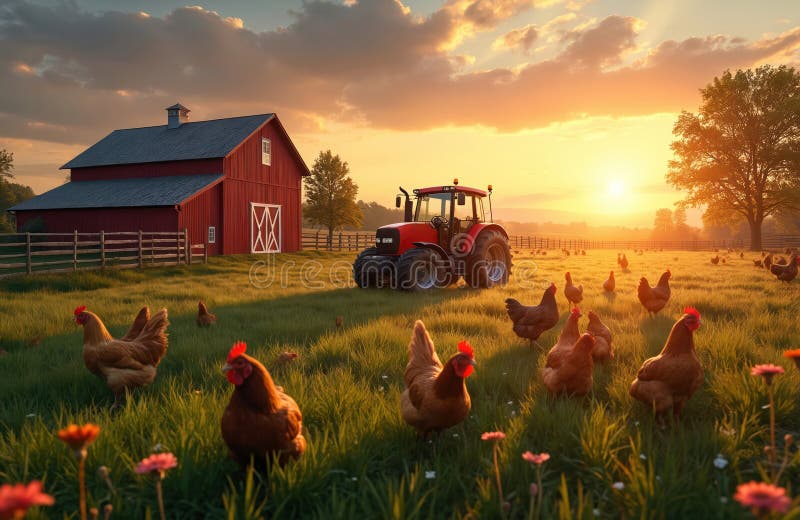
Conclusion:
Building a mobile chicken tractor from reclaimed materials is a rewarding and sustainable project for any small-scale homesteader. The Bantam Bungalow provides a safe, comfortable, and mobile home for your chickens, allowing them to thrive while enriching your garden and providing you with fresh eggs. Feel free to adapt this design to suit your specific needs and the resources available to you. With a little creativity and effort, you can create a thriving ecosystem in your own backyard.